How Belgian porphyry paved the world
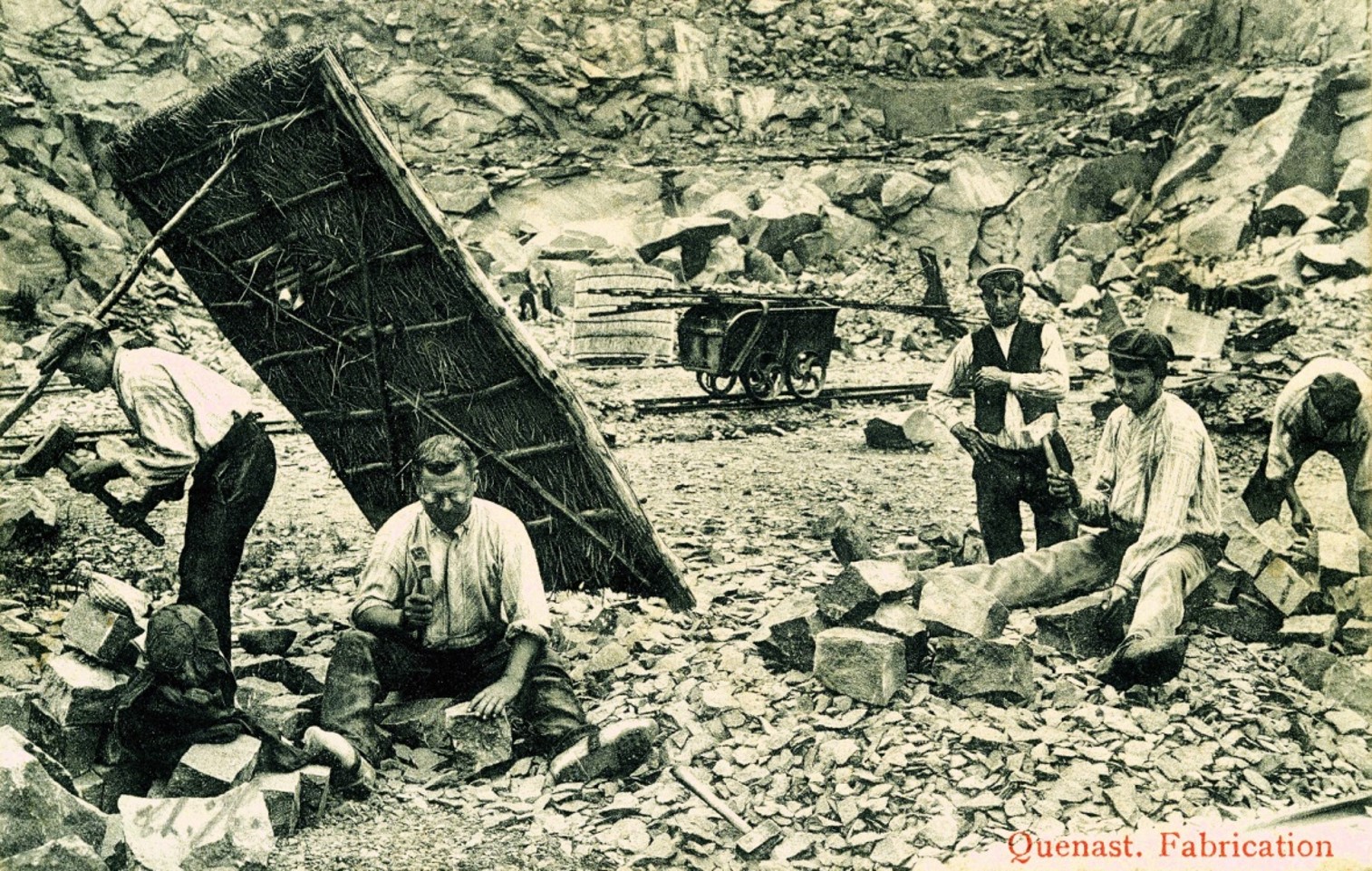
Did you know that cobblestones are porphyry, solidified magma? In the early 20th century, three Belgian villages were the largest source of porphyry in the world. Geologists Eric Goemaere (Institute of Natural Sciences) and Marina Cabidoche (EuroGeoSurveys) tell the history of porphyry extraction in our country in a richly illustrated book, depicting the labor of the stonecutters and explaining the remarkable geology of the 420-million-year-old rock.
Porphyry from the quarries of Quenast in Walloon Brabant and Lessines and Bierghes in Hainaut was an important export product in the 19th and 20th centuries. The paving stones were exported to all major European cities, as well as to North America, Australia, Egypt, and South Africa. According to historical sources, more than 8,200 workers were active in the Belgian porphyry quarries in the early 20th century.
Porphyry or quartz-diorite is exceptionally hard, erosion-resistant, little porous, and withstands pressure and chemical attack. This makes it perfect for road construction, runways, and ballast for high-speed trains. Today, porphyry is still mined, but only for crushed stones (aggregates).
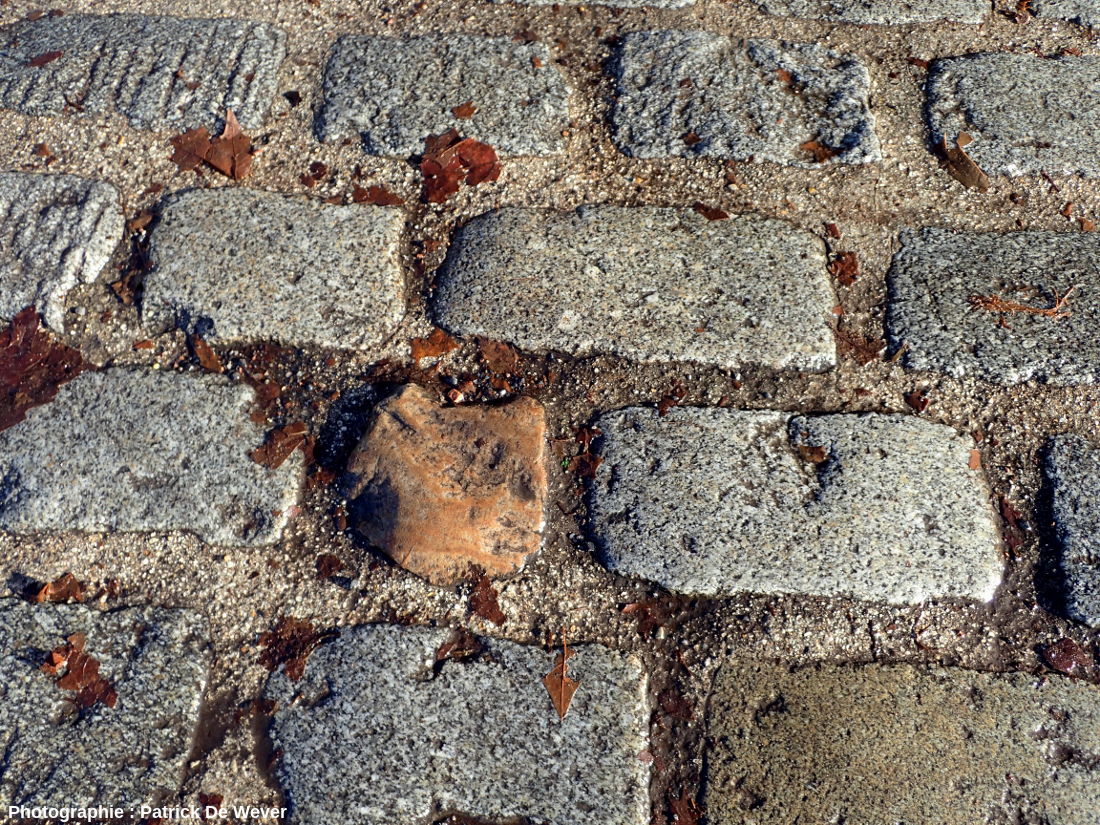
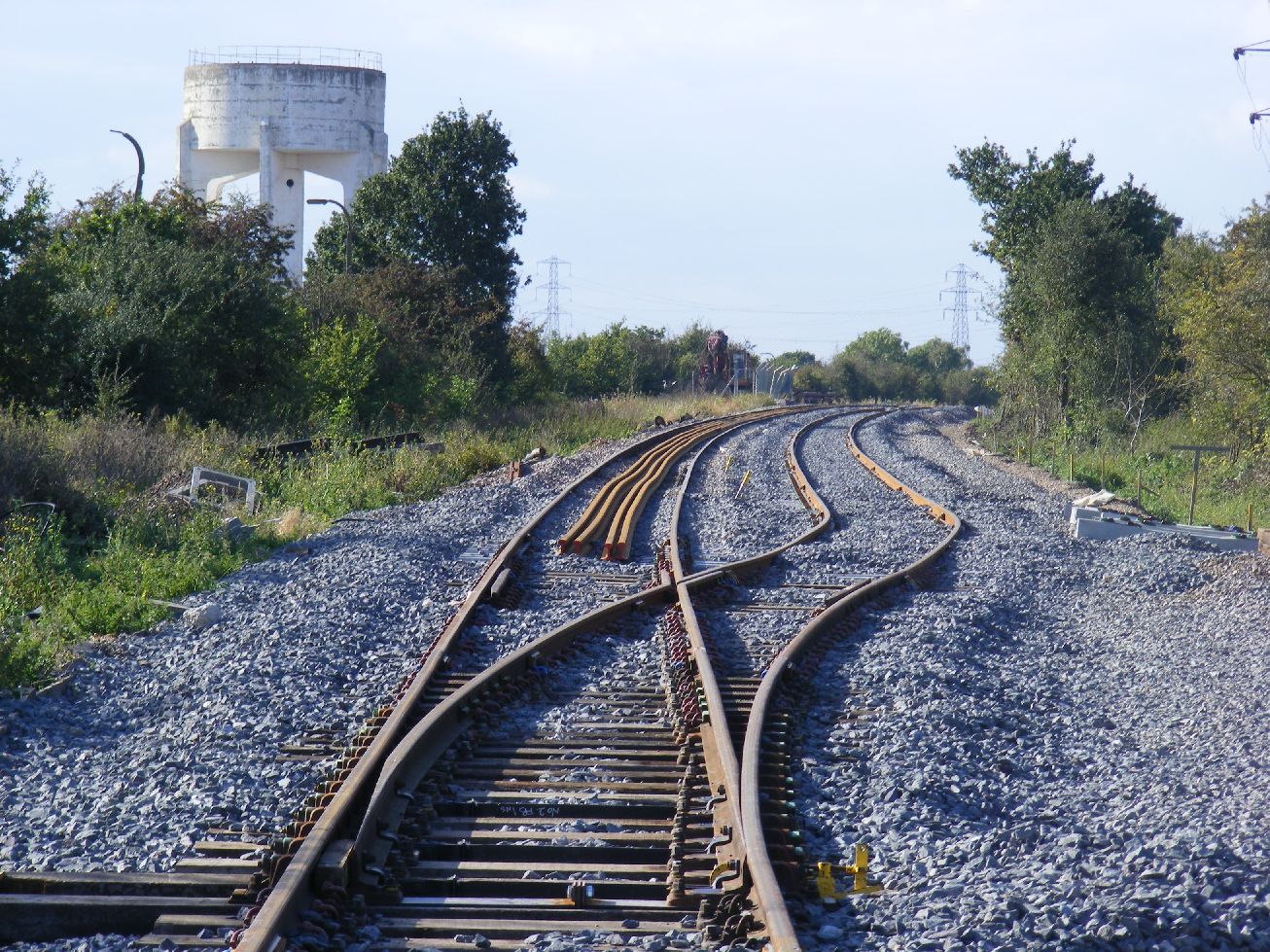
Pipe of a Volcano
The rock comes from deep within the earth: it is magma that was pushed to the surface 420 million years ago (the Silurian period) and petrified. And this happened far from where we are now. During the Silurian, we were located in the southern hemisphere and were part of a small, elongated continent: Avalonia. Avalonia included the current Central European countries and a part of the East Coast of North America.
At that time, Avalonia had broken away from the supercontinent Gondwana and was "drifting" towards two other continents. The first collision, with the continent Baltica – where the Scandinavian countries are located – must have caused volcanic activity. In plate tectonics, one plate slides under another. The part that is pushed under the crust melts due to the higher temperature. That melted rock – magma – then rises from the mantle and breaks through the crust, causing eruptions. The magma spurts through elongated cracks in the surface, like recently in Grindavik (Iceland), or causes volcanoes to erupt. Under Quenast, southwest of Brussels, lies the solidified volcano pipe (‘neck’ in French): a 2-kilometer-wide cylinder containing hexagonal columns. Devils Tower in Wyoming is one of the most famous remaining pipes, clearly visible because the surrounding area has eroded away.
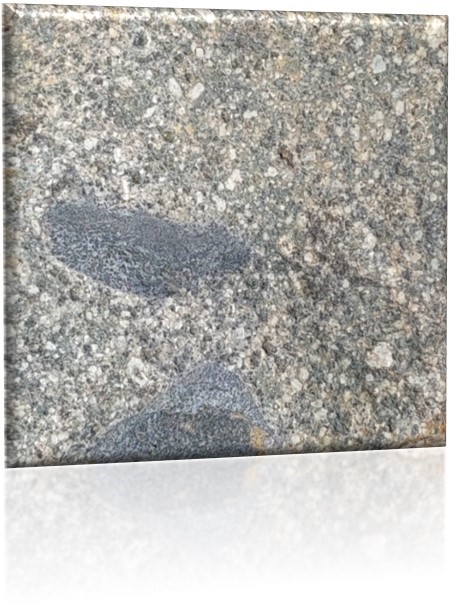
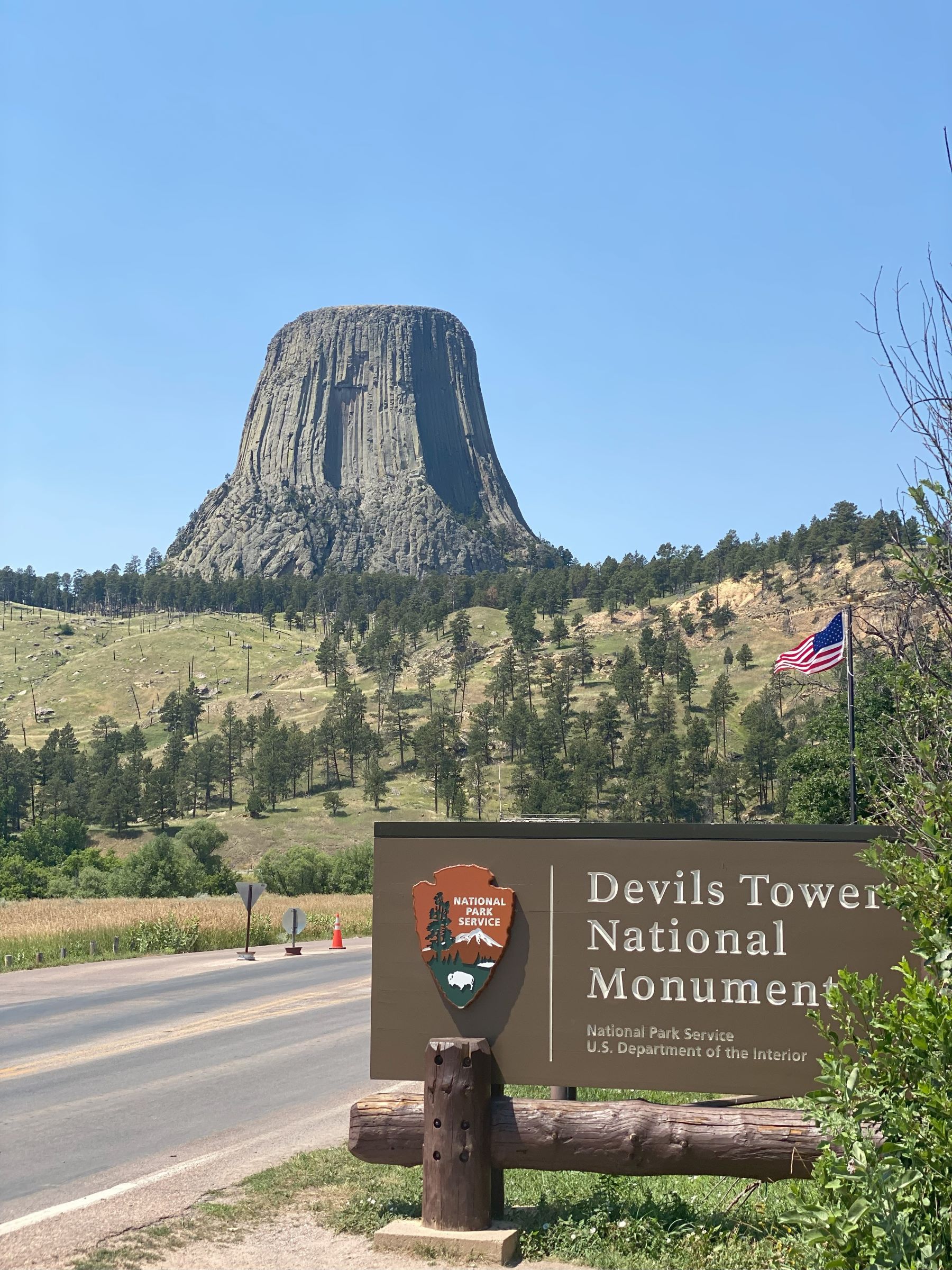
Stonecutters
The book tells this geological story but delves much deeper into the history of porphyry extraction. It is an ode to our geological heritage and to the stonecutters or “cayoteux”, who crafted perfect cobblestones from hard, shapeless rock. Unpublished documents, old postcards, topographic maps, and old photos make this book a comprehensive reference work.
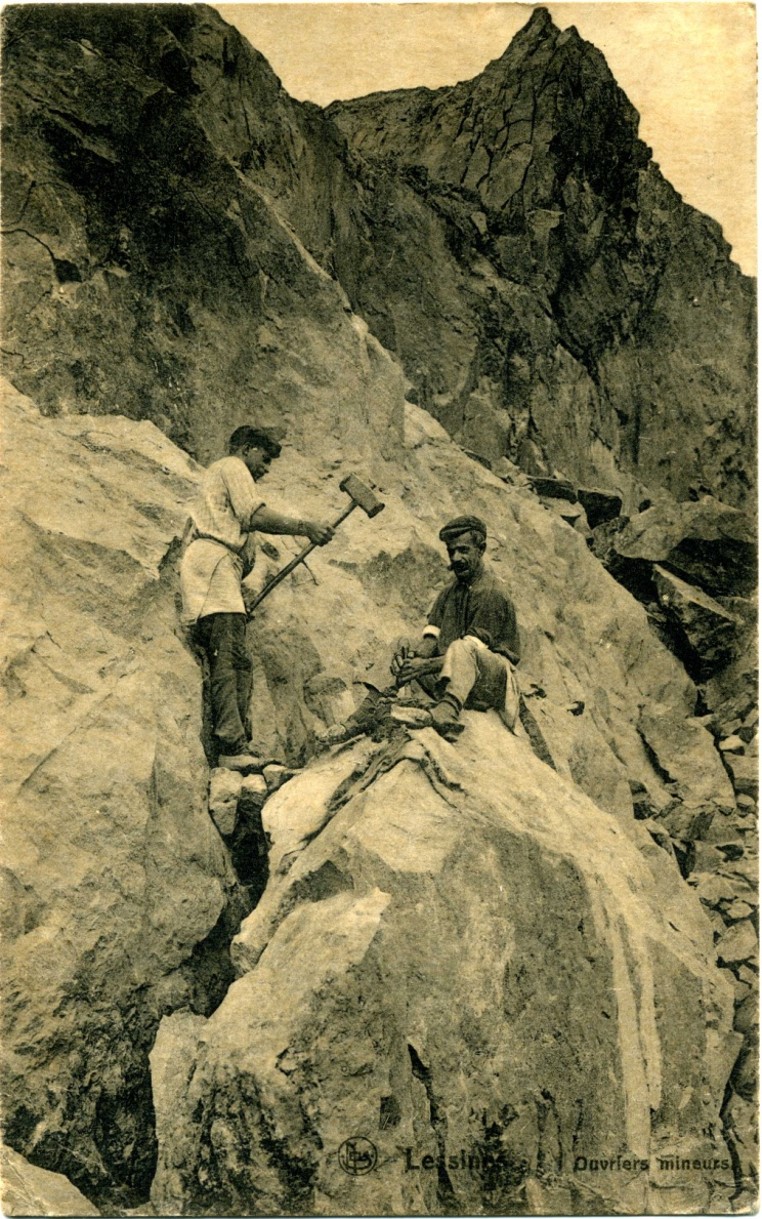
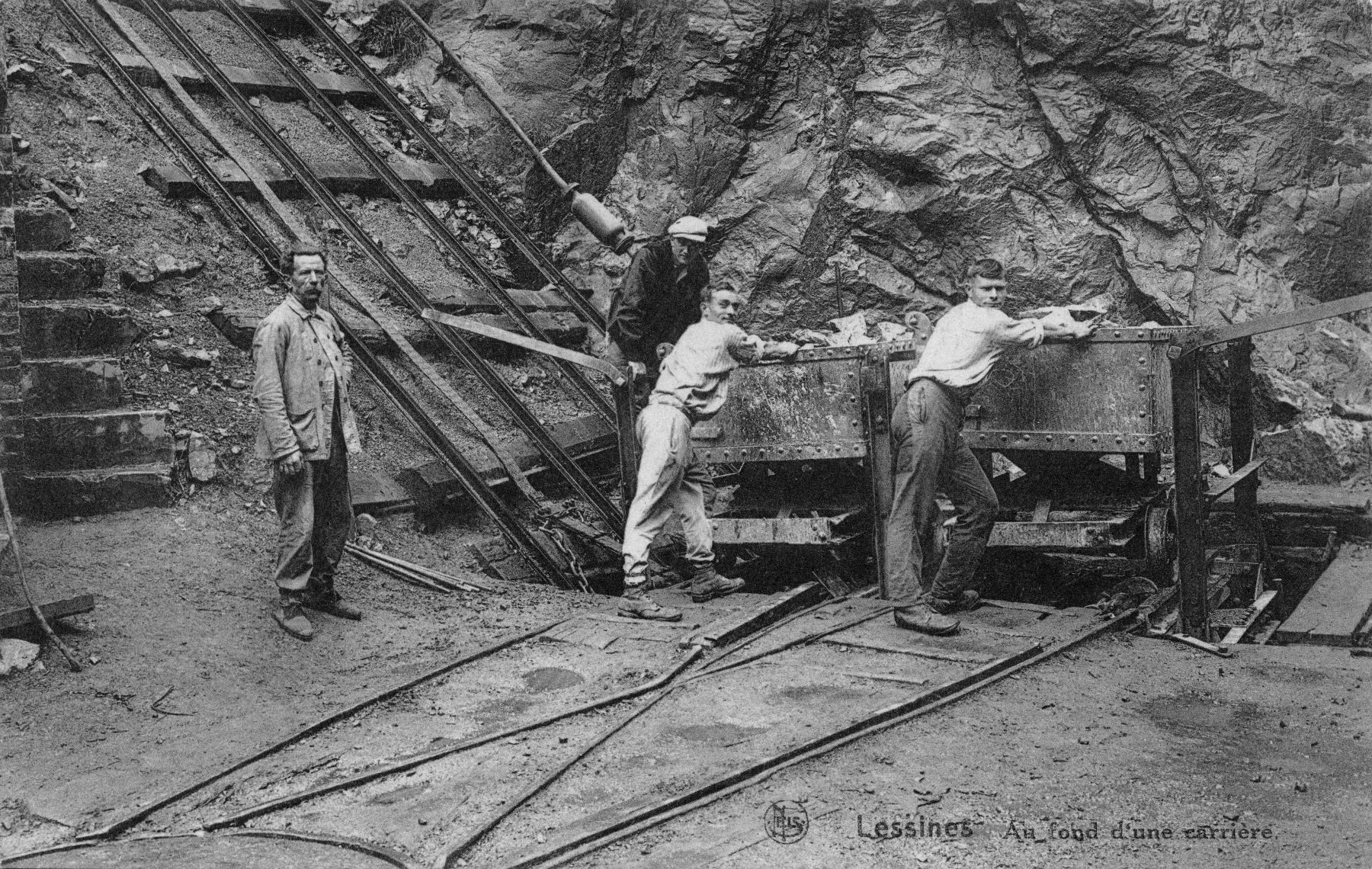
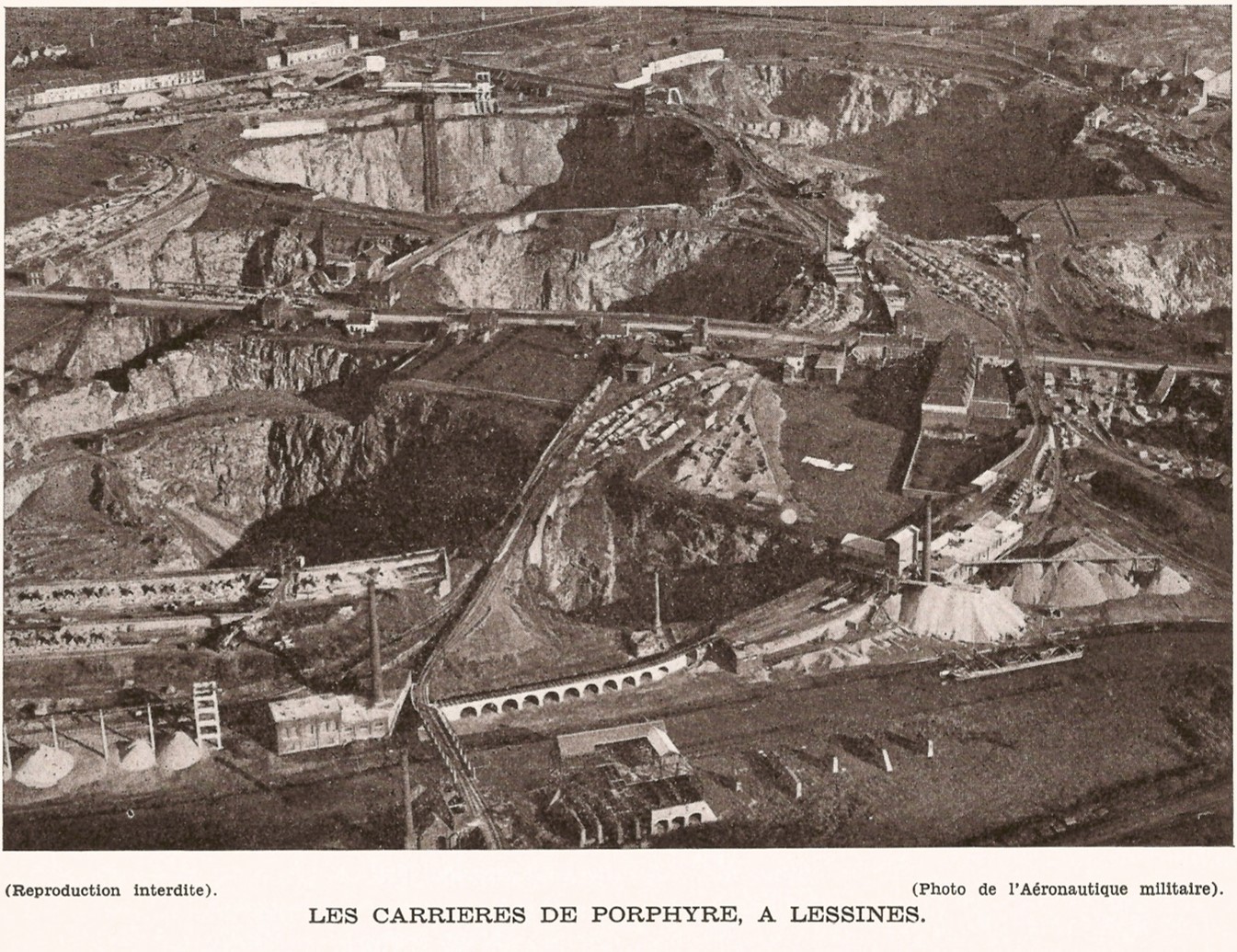
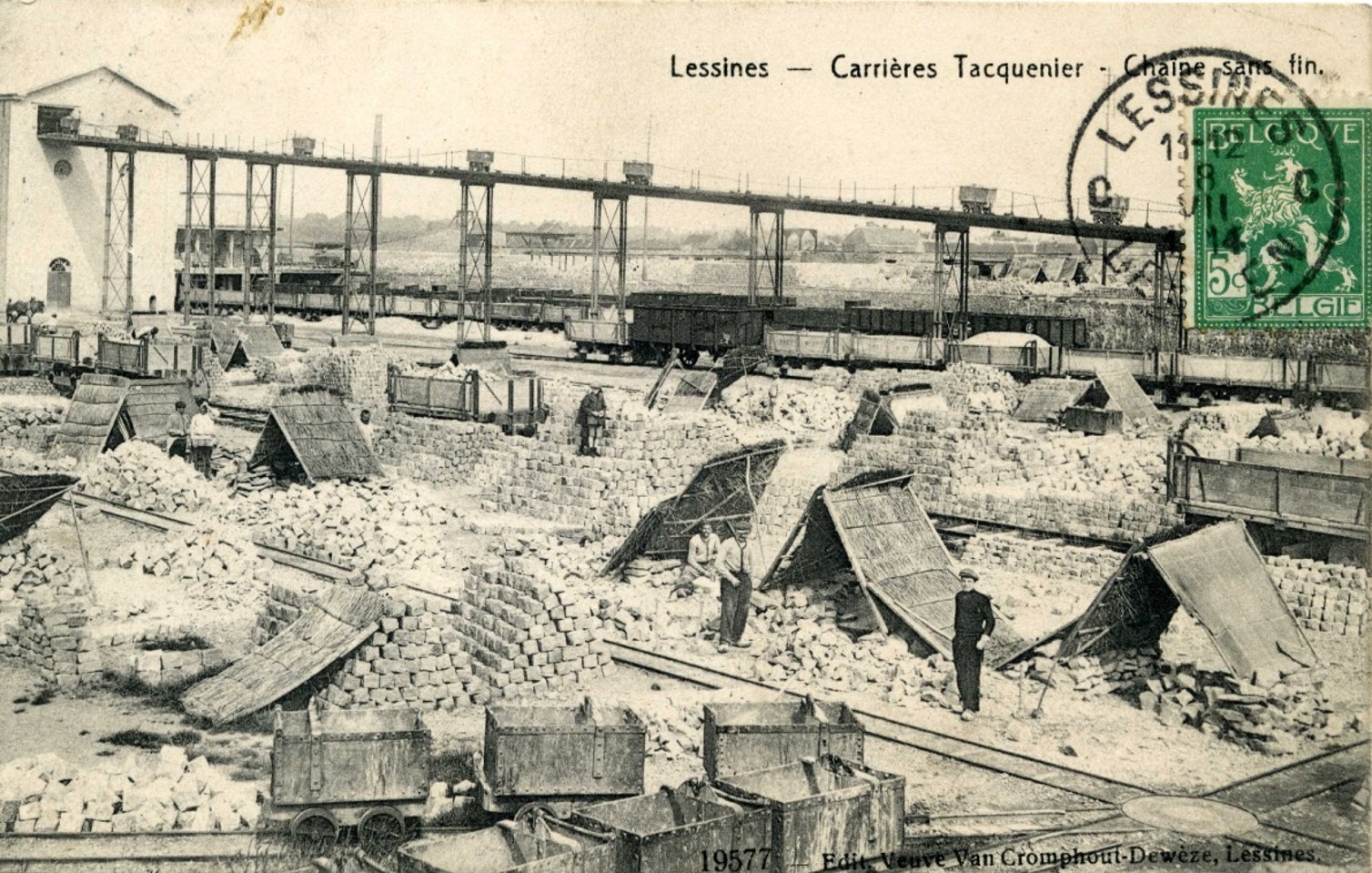
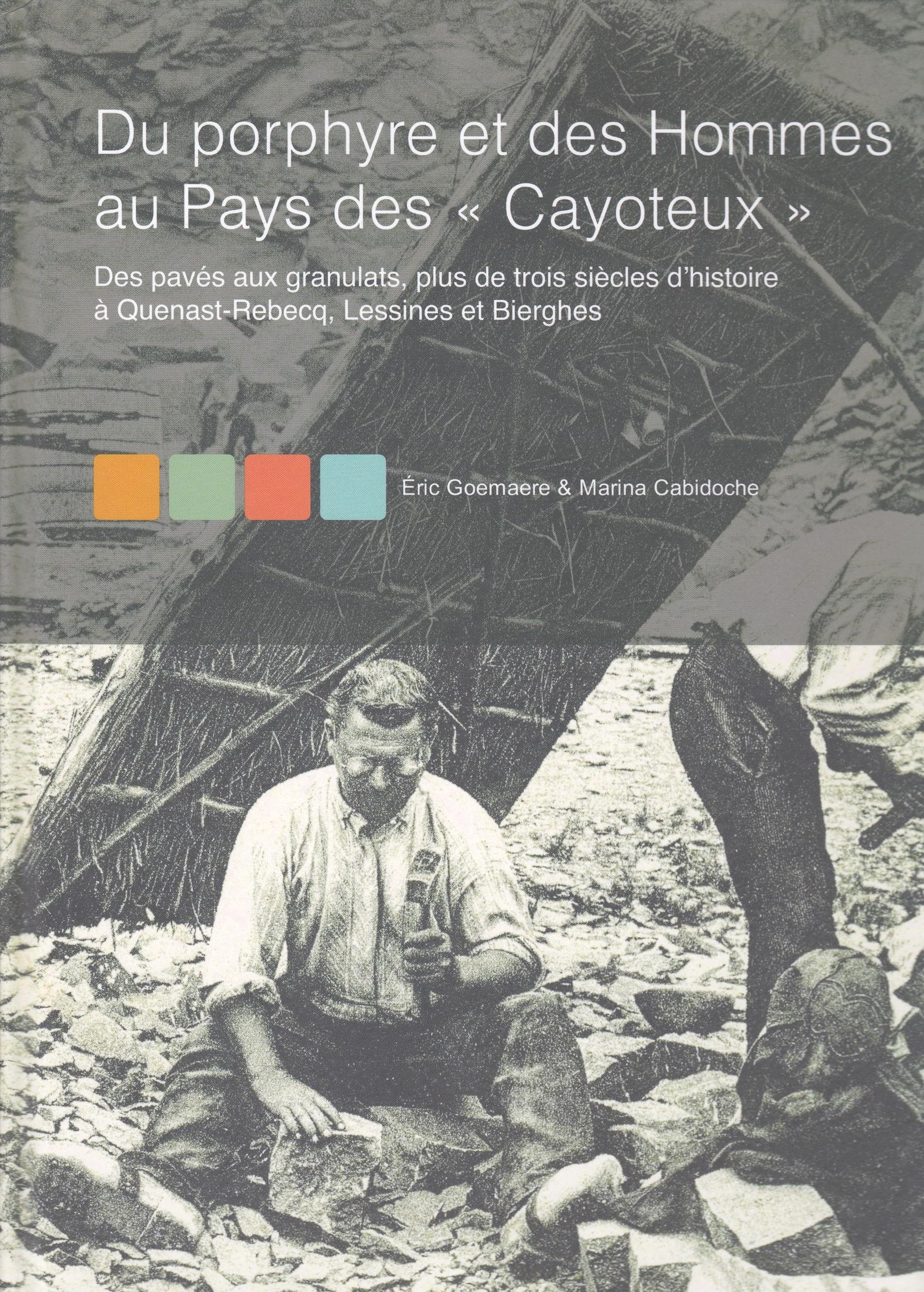
Du porphyre et des Hommes au Pays des « Cayoteux ». Des pavés aux granulats, plus de trois siècles d’histoire à Quenast-Rebecq, Lessines et Bierghes(Porphyry and Man in the Land of the "Cayoteux". From cobblestones to aggregates, more than three centuries of history in Quenast-Rebecq, Lessines, and Bierghes).
223 pages in hardcover, with 355 color photos and figures. In French.
You can order this book (20 euros + shipping costs) via gsb@naturalsciences.be
